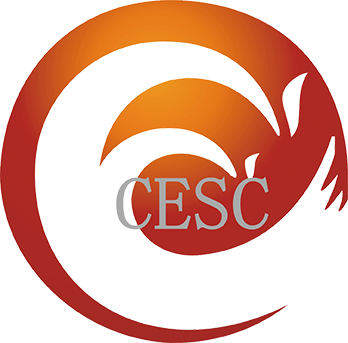- 原文
- 译文
医学论文英中对照样式

Astragaloside IV:
May represent an alternative therapeutic approach for the treatment of patients with allergic rhinitis. It may attenuate allergic rhinitis via regulating the expressions of the transcription factors GATA-23, RORγt, T-bet and Foxp3, which commit T helper cells to the Th1 phenotype (Li et al., 2017).
In addition, it has been reported that astragaloside IV modulates eosinophil activation and trafficking in response to house dust mite allergen. Astragalosides treatment inhibited the counts of eosinophil in bronchoalveolar lavage fluid in ovalbumin (OVA)-induced animal asthma model, reduced the production of IL-4 and IL-13, and upregulated the frequency of CD4þCD25þ regulatory T cells and the mRNA expression of Foxp3 (Qi et al., 2017).
Relieves, by oral treatment, the swelling induced by the intra-articular injection of IL-1β, protected against IL-1β-induced damage of cartilage proteoglycan synthesis and chondrocyte proliferation, as well as inhibited joint inflammation and IL-1β, TNF-α and NO production in macrophages in rat adjuvant-induced arthritis (Qi et al., 2017).
Moreover, polysaccharides might attenuate the pathological progression or rheumatoid arthritis by exerting the pro-apoptotic and anti-inflammatory effects by regulating the PI3/Akt/mTOR-authophagy pathway and by reduction of PERK phosphorylation (Meng et al., 2017; Lu et al., 2016).
Flavonoids also exerts a protective effect against arthritis, in vivo, by regulating OPG/RANKL/NF-κB pathway (Liu et al., 2017).
Reduces inflammation by inhibiting endoplasmic reticulum stress and disrupting the crosstalk between autophagy and the PERK-eIF2α pathway, and these actions are positive for treating inflammatory pulmonary diseases (Dong et al., 2017).
Produces neuroprotective effect. It attenuates cognitive impairments induced by cerebral ischemia and reperfusion, via anti-inflammatory mechanisms (Li et al., 2017).
In addition, polysaccharides may represent a therapeutic approach for treating inflammatory bowel disease, such as ulcerative colitis (Lv et al., 2017; Zhao et al., 2016).
黄芪甲苷IV:
可能是治疗过敏性鼻炎的一种替代治疗方法。它可以通过调控的转录因子GATA-23、RORγt、T-bet和Foxp3——这些因子能够使辅助性T细胞表现为Th1表型——的表达来缓解过敏性鼻炎(Li等人, 2017年)。
另外,据报道,黄芪甲苷IV可以调节屋尘螨过敏原引起的嗜酸性粒细胞的活化和运输。黄芪皂苷治疗抑制了卵清蛋白(OVA)-诱导的动物哮喘模型的支气管肺泡灌洗液中的嗜酸性粒细胞计数,减少了IL-4和IL-13的产生量,并上调了CD4þCD25þ调节性T细胞的频率和Foxp3的mRNA 表达(Qi等人, 2017年)。
在大鼠佐剂性关节炎中,口服治疗可缓解IL-1β关节内注射引起的肿胀,防止IL-1β诱导的软骨蛋白多糖合成和软骨细胞增生,并抑制关节发炎以及巨噬细胞中IL-1β、TNF-α、NO的生成(Qi等人, 2017年)。
此外,多糖能够通过调控PI3/Akt/mTOR自体吞噬通路和降低PERK磷酸化,发挥促凋亡和消炎作用,从而减轻风湿性关节炎的病理性进展(Meng等人, 2017年;Lu等人, 2016年)。
黄酮类还通过调控OPG/RANKL/NF-κB通路,在体内起到防止关节炎的作用(Liu等人, 2017年)。
通过抑制内质网应激和打断自体吞噬和PERK-eIF2α通路之间的串扰来减少炎症,这些作用对炎性肺病的治疗有积极影响(Dong等人, 2017年)。
产生神经保护作用。它能通过消炎机制减轻大脑局部缺血和再灌注引起的认知损害(Li等人, 2017年)。
另外,多糖可能是治疗溃疡性结肠炎等炎性肠病的一种方法(Lv等人, 2017年;Zhao等人, 2016年)
相关阅读















